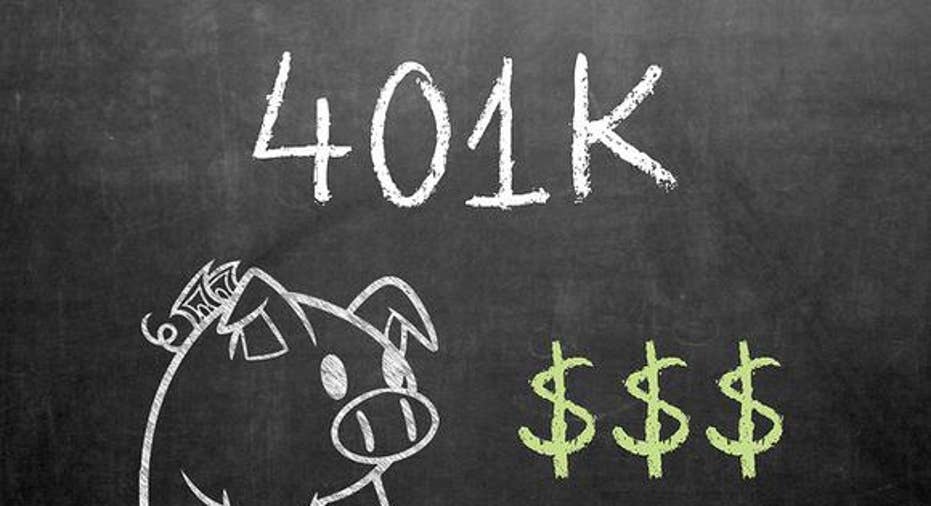Can I Have 2 401(k) Plans at the Same Time?

Image: www.gotcredit.com
A 401(k) is the most popular type of retirement plan private-sector companies offer, so you may have several different 401(k) accounts over your working lifetime. Or, if you work multiple jobs, you might be offered 401(k) plans from more than one employer simultaneously. Is this allowable?
The short answerThe short answer is yes, you can have multiple 401(k) accounts at a time. In fact, it's rather common for people to have an old 401(k) account (or several) from their previous employer(s), in addition to their current one.
Another common situation is where individuals earn self-employment income in addition to income from their job. With self-employment income, these people can set up and contribute to an individual 401(k) even if they have another 401(k) at their job.
Overall contribution limitsIf you have more than one active 401(k) account, you need to be aware that the IRS's contribution limit for elective deferrals refers to your combined 401(k) accounts.
For the 2016 tax year, you can choose to defer up to $18,000 of your pay into your 401(k) plan. If you have more than one 401(k), this limit applies to your total elective deferrals. For example, if you choose to contribute $15,000 to your primary employer's 401(k) plan, you would be limited to $3,000 in elective contributions to any other plans you participate in. Also, if you're over 50, you are allowed an additional $6,000 in catch-up 401(k) contributions for a total of $24,000.
Note that this limit doesn't include any employer matching or nonelective contributions. So, if you max out your $18,000 elective deferral in your primary 401(k), an employer could still contribute into another 401(k) plan for your benefit. In fact, the total contribution limit including elective deferrals and employer contributions is $53,000 per 401(k) plan for 2016 ($59,000 if you're over 50), or 100% of compensation, whichever is less.
You can treat contributions to an individual 401(k) as nonelective (employer) contributions, so even if you've contributed the $18,000 maximum to an employer's 401(k), you could still contribute up to $53,000 to your individual 401(k) as a nonelective contribution.
Retirement planning considerationsJust because you might be able to keep your old 401(k) accounts in your old employer's plan, that doesn't mean it's the smartest move. You should compare the investment options of each 401(k) plan, and the fees you're paying. If your old 401(k) has lower fees and you don't mind having your retirement savings in several places, by all means leave it alone. On the other hand, if your current employer's plan looks better, consolidating your 401(k) accounts could be the best idea.
Finally, you also have the option of rolling over your old 401(k) into an IRA, which could give you much more control over your investments. In an IRA, you can invest in virtually any stocks, bonds, or funds you want, so if you want to take a more active role with your retirement planning, this could be a smart move for your old 401(k)s.
This article is part of The Motley Fool's Knowledge Center, which was created based on the collected wisdom of a fantastic community of investors. We'd love to hear your questions, thoughts, and opinions on the Knowledge Center in general or this page in particular. Your input will help us help the world invest, better! Email us atknowledgecenter@fool.com. Thanks -- and Fool on!
The article Can I Have 2 401(k) Plans at the Same Time? originally appeared on Fool.com.
Try any of our Foolish newsletter services free for 30 days. We Fools may not all hold the same opinions, but we all believe that considering a diverse range of insights makes us better investors. The Motley Fool has a disclosure policy.
Copyright 1995 - 2016 The Motley Fool, LLC. All rights reserved. The Motley Fool has a disclosure policy.